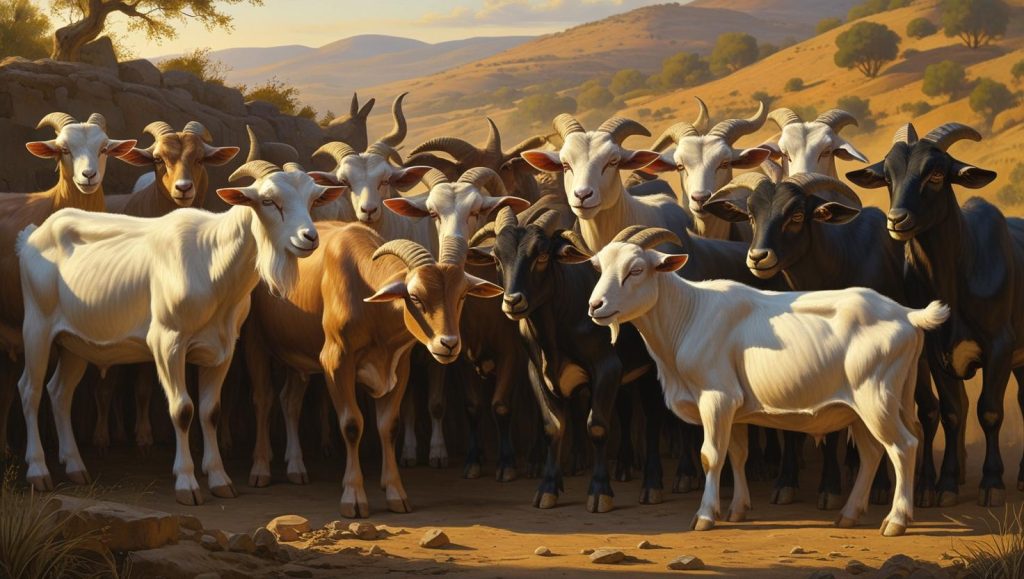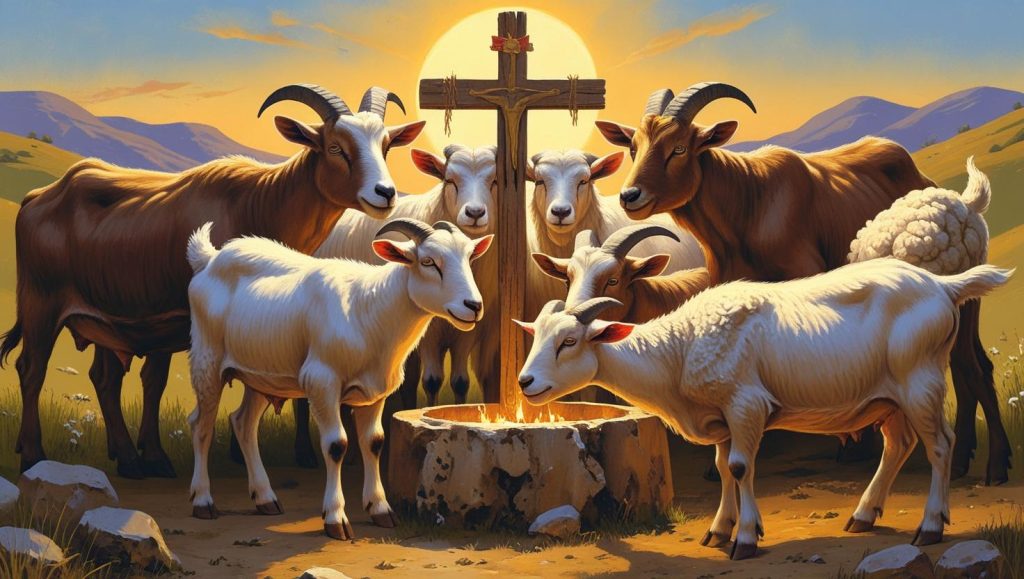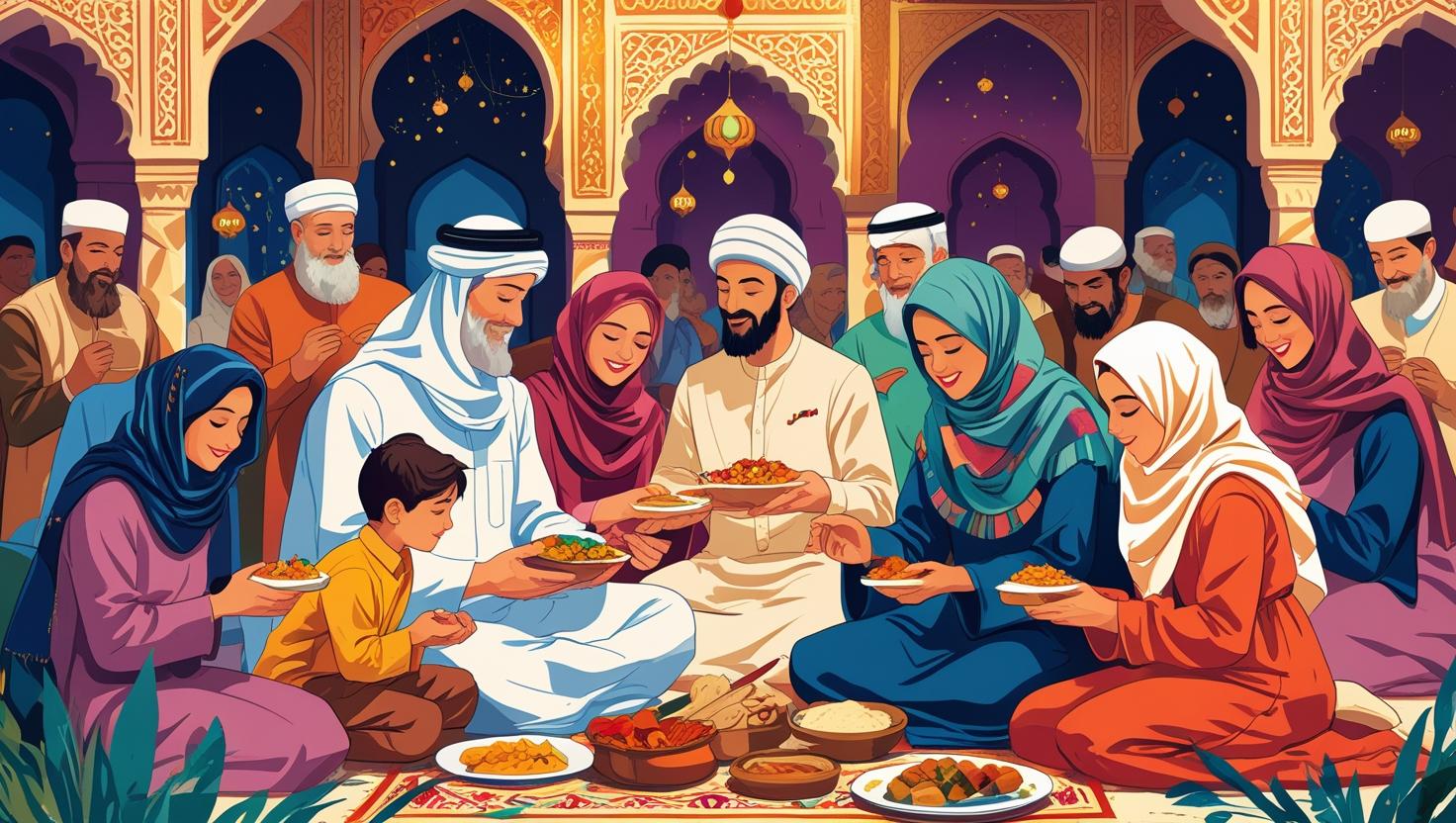Eid al-Adha, also called the “Festival of Sacrifice,” is one of Islam’s two most important holidays, the other being Eid al-Fitr. Millions of Muslims worldwide observe Eid al-Adha as more than a mere cultural event steeped in religious history, spiritual dedication, and charity. This Islamic holiday is a tale of faith, sacrifice and community solidarity.
Eid al-Adha History To understand what Eid al-Adha is, readers must first explore its roots, religious importance, customs and contemporary observance worldwide. This blog will provide a thorough overview of Eid al-Adha, why it is observed, and what makes it such a significant time in the Muslim faith.
History And Background
The history of Eid al-Adha comes from the Qur’an, and tells the story of the Prophet Ibrahim (Abraham, for those of you who are more acquainted with Judeo-Christian tradition). Islamic tradition describes how the Prophet Ibrahim had a vision in which he was required to sacrifice his son, Ismail, to demonstrate his faith in God (Allah). Despite the heartbreaking order, Ibrahim submitted to the will of God without hesitation.
When Ibrahim attempted to slaughter him, Allah prevented it and replaced Ismail with a ram for sacrifice instead. This was a miracle of divine intervention, God’s grace and a witness for perfect obedience to God’s will. Followers of Islam commemorate this episode during Eid al-Adha, when Muslims all over the world make the symbolic sacrifice of an animal, as a token of obedience, thanksgiving, love, and worship to Allah.
Religious Importance of Eid al-Adha

Eid al-Adha falls on the 10th day of Dhu al-Hijjah, the Islamic lunar month, and is the religious climax of the Hajj pilgrimage to Mecca. Hajj is one of the five pillars of Islam, and all Muslims must perform it at least once in their life if they can afford it and are physically able to do so. Eid al-Adha and Hajj are intricately connected to spiritual in the lives of Muslims.
Eid al-Fitr is a time to celebrate the end of Ramadan, and Eid al-Adha is a reminder of the virtues of obedience and sacrifice. It asks Muslims to consider their relationship with God, their moral obligations and the extent to which they are ready to put faith above their desires for personal gain.
The Act of Sacrifice: Qurbani
Eid al-Adha’s primary service is the Qurbani (sacrifice) of domestic animals. We are advised that, for those who can afford to do so, a Muslim should sacrifice an animal (a goat, sheep, cow or camel), and give the meat in charity to others in remembrance of Ibrahim’s willingness to sacrifice his son. The sacrifice has a certain protocol to be followed:
- The animal must meet a certain age and health requirement.
- Halal practices must slaughter it.
- The process should be done with compassion, cleanliness, and a prayer invoking God’s name.
The animal is then slaughtered and its meat is distributed into three equal parts: one for the family, one for relatives and friends, and one for the poor. This distinction emphasises the Islamic religion’s importance of sharing, communal solidarity, and charity.
Eid al-Adha Prayer and Sermon
Before the sacrifice, the congregation comes together for a special prayer called the ‘Eid Salah. This prayer is typically held in open spaces or mosques. It involves a khutbah, or sermon, focusing on the spiritual meaning of the holiday and sacrifices, as well as charity, compassion and unity.
It is prayed in a particular manner and is called “niyyah”. The attendance of the Eid prayer is fard and hugely rewarding as a sunnah.
Preparations for Eid al-Adha
Before Eid al-Adha approaches, Muslims prepare their hearts and homes in several ways to celebrate it with happiness and respect. These preparations typically contain:
- Buying animals to sacrifice in some nations means heading to crowded livestock markets.
- Housework and getting the home ready to welcome guests and family.
- Purchasing new clothes to wear on Eid day.
- Cooking traditional dishes and sweets to pass on to family, friends and neighbours.
- Eid al-Adha is a time for reflection, joy, celebration, and worship for many families.
Celebratory Practices Around the World

Muslims celebrate it in nations across the globe, and while the basic rituals remain consistent, the holiday can take on vastly different cultural forms.
The holiday is celebrated with pomp and circumstance in Saudi Arabia, where the Hajj pilgrimage occurs. And one of the obligatory duties of the pilgrims at Mecca is to sacrifice the sacrificial animal. In Pakistan and India, the streets are lit up, with people wearing their traditional clothes as they give each other gifts and visit relatives.
Brown gives you a glimpse into how the holiday is celebrated worldwide: In Turkey, people gather with their families, cook food from the sacrificed meat, and participate in sports competitions. In Indonesia, the world’s largest Muslim country, community sacrifices are performed, and donations are made so that mosques can collect and distribute meat to the poor.
In Western countries such as the U.S., U.K., and Canada, Muslim communities attend prayers at mosques or community centres, and local sacrifice groups have rented out licensed facilities for the sacrificial ritual. Regional editions of these communities tend to emphasise charitable giving and interfaith outreach during the holiday.
The Connection with Charity and Social Responsibility
The themes of charity and social justice are among the most meaningful for Eid al-Adha. Islam emphasises the importance of supporting low-income people, and Eid al-Adha offers an opportunity to do just that. If meat is shared with the less fortunate, everyone can enjoy the season and be treated equally.
Many Muslims also give money to overseas organisations that perform Qurbani in countries where poverty and hunger are commonplace. This global giving emphasises the holiday message’s universality.
Eid al-Adha and the Acts of Solidarity
Eid al-Adha is about bringing people together. Families meet for meals, neighbours trade hellos and dishes, and communities stage events for children and adults. Unifying Force The holiday unifies people, reminding them of their place in the bigger social picture.
A sense of community is particularly important during difficult times. Whether in response to economic deprivation or global crises, Eid al-Adha promotes the unity of Muslims to look after each other and boost the most marginalised members of society.
Key Differences Between Eid al-Adha and Eid al-Fitr
Although both Eid al-Adha and Eid al-Fitr are major celebrations in Islam, they differ in timing, theme, and ritual focus. Understanding these differences helps provide a clearer picture of their distinct importance.
| Feature | Eid al-Fitr | Eid al-Adha |
| Timing | After Ramadan (1st of Shawwal) | After Hajj (10th of Dhu al-Hijjah) |
| Duration | One to three days | Four days |
| Primary Focus | Breaking the fast, gratitude | Sacrifice, obedience, charity |
| Rituals | Eid prayer, giving Zakat al-Fitr | Eid prayer, animal sacrifice (Qurbani) |
| Associated Pillar | Sawm (Fasting) | Hajj (Pilgrimage) |
Suppose Eid al-Fitr completes a month-long spiritual experience of fasting and self-discipline. In that case, Eid al-Adha is meant to invoke reflection on submission to God, generosity, and moral obligation.
Final Thoughts
Eid al-Adha is not just a religious holiday–it’s a deep expression of Islamic principles of obedience, love, sacrifice, and unity. Based on the tradition of confidence in Allah exemplified by Prophet Ibrahim, the holiday reminds Muslims to live by the same principles.
Whether that be Qurbani, prayers, or simply helping others, the festival is a reminder of how important it is to live by one’s thoughts. It thought all Muslims to transcend individualism, care for others and recommit spiritually.
Eid al-Adha is one of those unifying times of year, when millions of people come together across sectors and continents to commemorate and celebrate across various cultures and traditions, where we are reminded of faith, generosity, and shared humanity.
